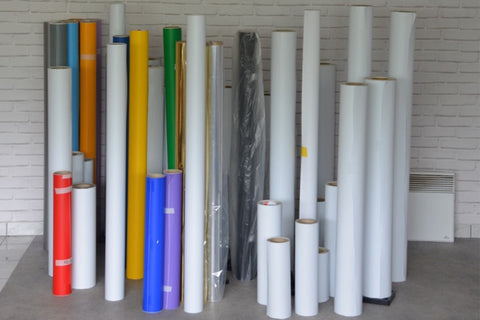
In every professional activity, it is necessary to carry or transport loads. This manual manutention has many risks for workers and has been recognized as the cause of one third of working accidents and professional disease declared by companies. Solutions can be implemented to prevent from those consequences.In all sectors of activity, particularly in the industrial and tertiary sectors (BTP, logistics companies, large distribution areas, healthcare establishments, etc.), manual load handling is the main source of work-related illnesses and accidents. Focus on the main risks identified as well as prevention solutions for the well-being of employees.
In every line of business, mostly industrial and tertiary sectors (logistics companies, construction industry, supermarket distribution...), loads manual manipulation is the first cause to work accidents and disease related to work. Zoom on the main risks identified and on solutions to focus on workers well-being
What about manual manutention?
French labor law defines manual manutention as « every load carrying or transporting operation, whose manipulation such as hoisting, transporting or laying requires physical effort from one or several workers » (Art R4541-2). It’s important to remember that manutention needs two main steps: taking the roll and transport to the final destination. It necessary to know that labor law R4541-9 article states the maximum authorized weight to be carried. The maximum weight can depend on workers gender and age.
-
For a man 16 to 17 years old, the maximum weight is limited to 20 kgs. From 18 years old, the individual can carry up to 55 kgs and even 105 kgs with a medical certificate. If the worker is on a scale, the maximum weight is 25 kgs.
-
For a woman16 to 17 years old, the maximum weight is limited to 10 kgs. From 18 years old, the individual can carry up to 25 kgs.
Main risks related to manual manutention
Manual manutention is one the first source of working accidents declared by companies that have consequences on workers’ health and security. Risk factors are mainly:
-
Load type (too heavy, too big, cumbersome)
-
Working environment (insufficient free space, unstable floor, inadequate
temperature)
-
Physical effort required (many manipulations et excessive repetitive
movements)
-
Activity requirements (rhythmed imposed, lack of recovery time)
Among the main dangers related to load manual manutention, there is also dorso- lumbar spine accidents. The Stock & Roll were designed to limit physical constraints linked to manual manutention (injuries, lumbago, sciatic, MSD).
Above this, Stock&Roll solutions also offer considerable advantages: a gain in time and productivity, an easy use by one person and a permanently cleanliness of your rolls because they’ll never touch the ground. The use of Stock&Roll supports will ensure you better ergonomics and an increase in your productivity
Your questions and answers related to manual manutention risks
What is manual manutention?
According to labor law article R.4541-2 manual manutention is defined by « every load carrying or transporting operation, whose manipulation such as hoisting, transporting or laying requires physical effort from one or several workers » (Art R4541-2). The load can be a person, an object or an animal.
What are the risks related to manual manutention?
Manual manutention has many risks and can affect workers health. On the short term, it can be the source of cuts, fracture, working injuries but also a tiredness from effort. On the long term, manual manutention can lead to dorso-lumbar spine risk and cause chronical back pain.
What is the weight that can be carried by a worker?
The limit of carried weight for a worker depends on the gender, the age, the distance to cover and the task characteristic. In any business sector, a worker is authorized to carry up to 55kg. The worker is allowed to carry up to 105 kgs if there’s a medical certificate to do it. Woman workers are not authorized to carry up to 25kgs.

Partager:
Simplified financial aid or AFS
How to wisely choose your S&R trolley?